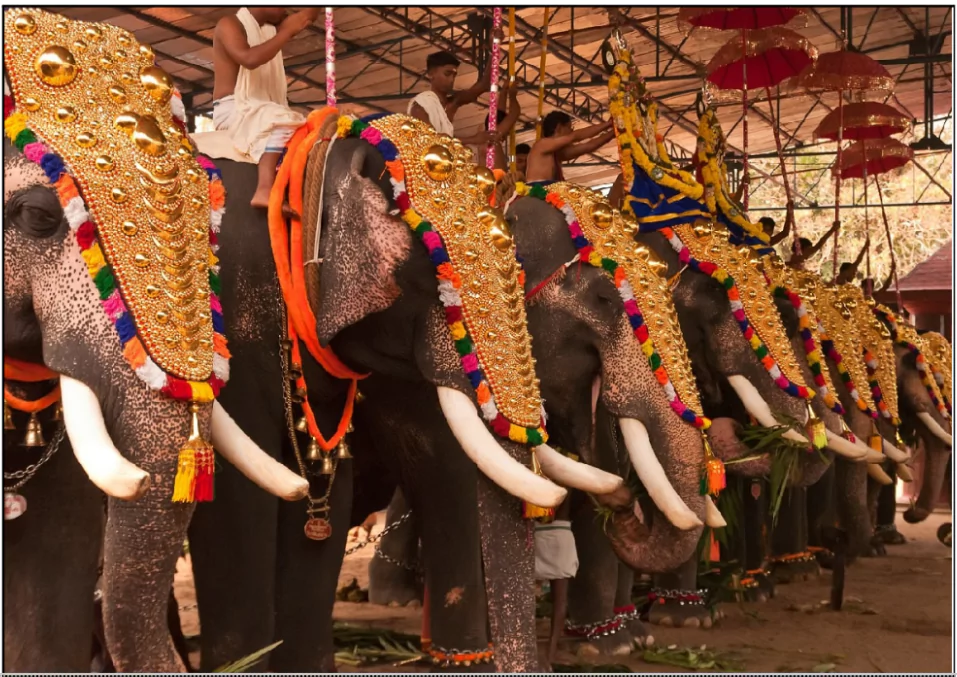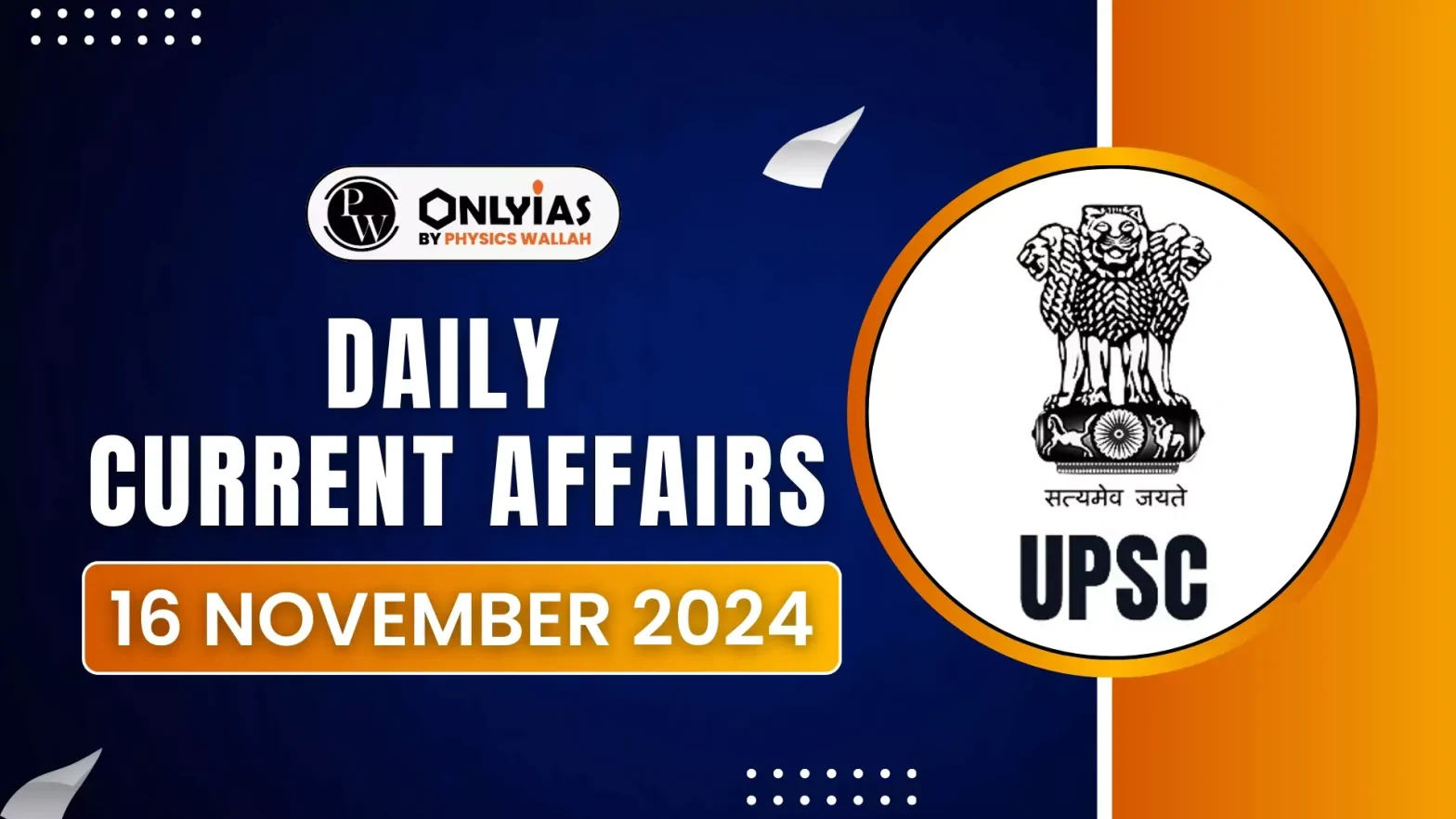Kerala High Court`s strict elephant guidelines threaten Thrissur Pooram, as Temple authorities fear that key rituals cannot be performed under the new rules.
Key Highlights of the Kerala High Court Guidelines on Elephant Use in Festivals
- Regulation of Parade Duration: Elephants should not be paraded for more than three hours at a time.
- Mandatory Rest Periods: Elephants must have a minimum of three days’ rest between two exhibitions.
- Space Requirements: Adequate space must be available for parading elephants, with specific spacing guidelines (e.g., eight meters between two elephants).
- Temporary Tethering Facility: The facility must be clean and spacious to ensure the comfort of elephants.
- Restricted Parade Times: Parading of elephants on public roads during daytime is prohibited.
- Compliance with Existing Rules: The state must strictly enforce the Kerala Captive Elephants (Management and Maintenance) Rules, 2012.
- Reference to SC Judgment: Guidelines align with the Supreme Court’s decision in the Wildlife Rescue and Rehabilitation Centre case.
- Non-Mandatory in Religion: The court observed that no religion mandates the use of elephants in festivals but focused on regulating their usage rather than banning it.
Concerns Raised by Temple and Festival Organizers

- Impact on Tradition: Organisers argue that the spacing guidelines and limits on the number of elephants will disrupt traditional attractions like madathil varavu and elanjithara melam, which heavily rely on large elephant parades.
- Venue Restrictions: Organizers fear the need to relocate festivals to larger grounds, which may compromise the essence of these events.
- Cultural Significance: Temple boards claim that such restrictions threaten the cultural heritage and unique identity of festivals like Thrissur Pooram.
- Resistance to Change: Concerns over NGOs allegedly aiming to disrupt traditional festivals and religious practices.
- State Government’s Stand: The Kerala government has expressed intent to review the guidelines and possibly file an appeal to ensure festivals can continue traditionally.
Check Out UPSC Modules From PW Store
About Thrissur Pooram Festival
- Thrissur Pooram is an annual Hindu temple festival held in Thrissur, Kerala
- Date: Occurs on the day when the star sign “Pooram” aligns in the Malayalam month of “Medam” (April-May).
- Purpose: A grand festival where ten temples in and around Thrissur come together to pay homage to Lord Shiva at the Vadakkunnathan Temple.
- Significance: Known as the Mother of All Poorams, Thrissur Pooram is a cultural and religious highlight that surpasses all other festivals in grandeur and tradition.
- Origin: Initiated by Raja Rama Varma, famously known as Sakthan Thampuran, the Maharaja of Cochin (1790–1805).
- Designed to ensure the participation of 10 temples in and around Thrissur.
- Key Highlights Of the Festival
- Elephant Parades: Adorned elephants with traditional nettipattam (golden headgear) are a major attraction.
- Fireworks Display: A spectacular pyrotechnic show is a hallmark of the festival.
- Melam (Percussion Ensemble): Traditional musical performances like ilanjithara melam add vibrancy to the event.
- Final Day: The seventh day marks the conclusion of the festival and is referred to as “Pakal Pooram” (Day Pooram).
- Significance of Thrissur Pooram: It exemplifies the cultural and spiritual essence of Kerala, blending religious devotion, art, and tradition on an unmatched scale.
![]() 16 Nov 2024
16 Nov 2024


